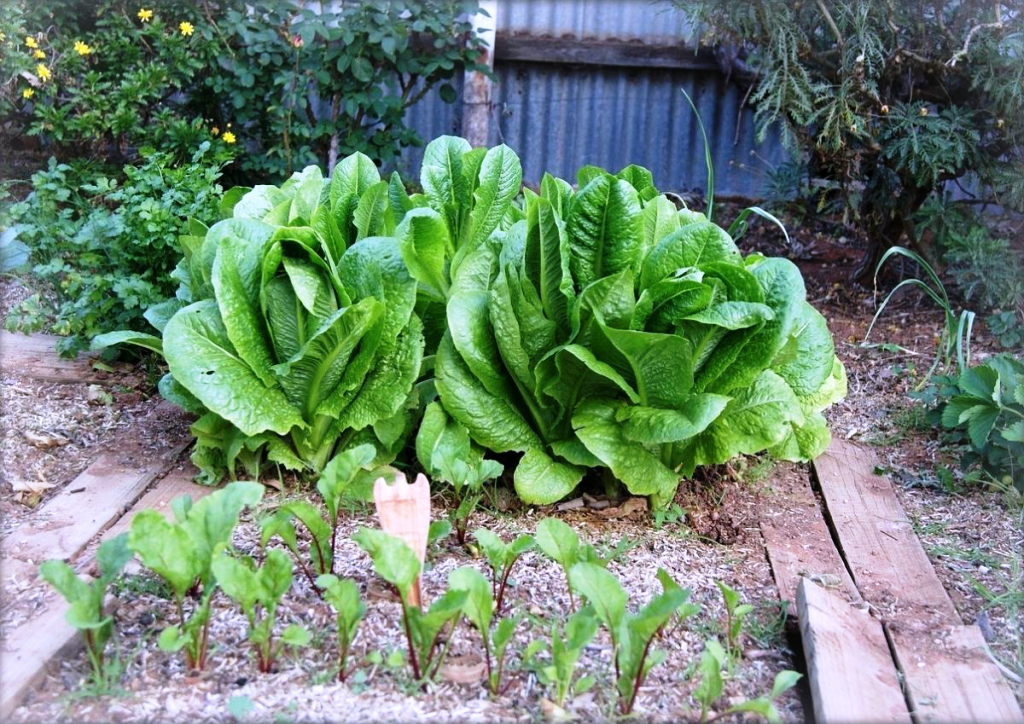
"Best out of Waste” - this line we all must have been hearing since our childhood days. Be it our teacher or parents - all had advised this in context to household tasks or school assignments like craft work. Well this phrase also fits with home gardening activity. As spring gets going, vegetables grown in our garden need regular nutrients and a dose of fertilizer shall do a great job in ensuring a healthy growth.
Availability of food waste is a daily household feature and they are normally moved to the trash can or garbage disposal, almost every day. Rarely we consider utilizing these waste products in turning into a really valuable product i.e. fertilizer. In other words this is simply based on the best out of waste concept.
Organic matter are main components in food waste therefore feasible for composting to make fertilizer – therefore an effective and eco-friendly way of disposing food waste in your kitchen. One can easily use leftovers and other food waste, to convert into a highly organic product rich in nutrients, and then grow vegetables or flowers in balconies/terraces/courtyard etc.
Let us see the following steps of making fertilizer through kitchen waste
Food leftovers such as fruit peelings and vegetables should be kept aside. Apart from these remnants, also keep collect over-ripened fruits and vegetables, nuts, and egg shells. These items should be now placed on a well-drained, level, and open area. Then sprinkle some wood ash to boost the composting process. While doing the entire work make sure not to add grease, oils, fatty meats, and milk products in the composting materials as they will make your compost pile produce an annoying odor and also make the material wet.

In order to speed up the composting process saw dust can also be added besides wood ash. Having some livestock will be an added advantage for giving extra manure to the compost. One can directly buy from a gardening supplies store, in case sawdust or manure is not available at home.
Adding some garden waste is also recommended to get a nutrient-rich fertilizer - all you need is to collect grass clippings and leaves from your lawn. When you mow your lawn, all the organic waste will be sucked and mixed inside the lawn-mower bag. All the contents from the lawn-mower are to be removed then and finally placed into the compost bin.
Next step is to add the prepared kitchen waste to the garden waste, which is already put in the compost bin. The compost bin should have a handle to turn so that one can rotate the compost for thorough mixing and to also provide oxygen into the mixture. One has to make sure the bin has some holes on the side to enable excess moisture to escape as the compost is rotated. Experts generally recommend spinning the compost bin 2 to 3 times a day for obtaining best results.
Last step is to apply the fertilizer. For this one has to wait for the compost to acquire a soil-like mixture that is dark in color. Once this appearance is noted, it is ready to be spread. Use a garden fork to spread the compost on the garden fields to be fertilized. One has to ensure tight amount of compost to be applied. After this one has to wait for the fertilizer to seep in. Composting your kitchen waste has several benefits like getting rid of unwanted rubbish and at the same time, derive a fertiliser from it, which can be used for growing flowers or vegetables. But before using the leftovers and other food remnants, do not forget to assess that will they actually work as a good compost materials or not.















